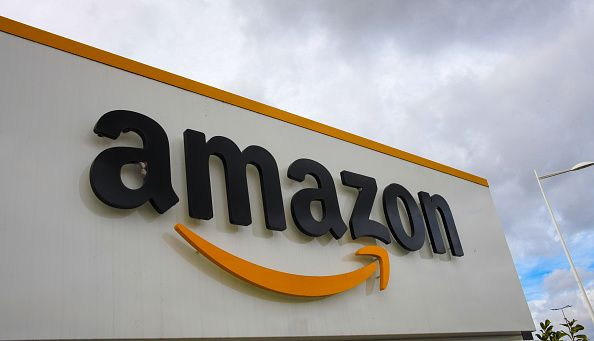1-Day Shipping Is Driving New Amazon Prime Sign-Ups

Amazon (NASDAQ:AMZN) has found it increasingly difficult to keep adding new Prime members in the United States over the last couple years. There have been several signs that membership is near a saturation point, as more and more trial members opt not to renew the service.
But over the summer, Amazon introduced one-day shipping on millions of items for Prime members, and it's reaccelerated growth across the board. That shows up in the company's financial results, but management likes to keep its Prime membership numbers close to its vest. New estimates from eMarketer, however, suggest one-day shipping is also growing the number of Prime households.
The research group estimates 65.4 million households will have a Prime membership this year. That's up from an estimate of 63.9 million it made in February. That number could accelerate further next year, as most Prime membership trials start at the end of the year in time for holiday shopping.
A pillar of Amazon's business
Amazon calls Prime a pillar of its business alongside Fulfilled by Amazon and Amazon Web Services. The growth of Amazon's businesses largely reflects its ability to get more people to sign up for Prime.
Prime members spend more and shop more frequently on Amazon. Not only do Prime members spend more, but they also search more on Amazon, providing more opportunities for Amazon to display advertisements. Amazon also has more and better data on Prime members, especially those that also shop at Whole Foods. Prime members are also more likely to own an Amazon Echo or Fire TV device, both of which provide additional sources of revenue for Amazon.
The impact of Prime on the retail business is quite evident. Online store sales growth accelerated from 12% in the first quarter to 22% in Q3. Meanwhile, third-party seller services growth also accelerated from 23% in the first quarter to 28% last quarter.
Growth in other revenue, which consists primarily of advertising, also picked up. Sales grew 36% in the first quarter and 45% in Q3.
Practically all of Amazon's revenue acceleration outside of AWS can be attributed to improved sign-ups for Prime. While it's certainly cost Amazon quite a bit, the investment should prove worthwhile as it produces an uptick in growth.
More growth coming next year
Amazon typically sees a surge in Prime sign-ups at the end of the year as consumers do most of their holiday shopping. While Amazon has had more trouble holding onto trial members in the recent past, it's investing a lot this year to make sure it converts as many people as possible to paid members. That includes offering very aggressive pricing on everyday items along with free one-day shipping.
Showing consumers the value of Prime beyond the holiday shopping season should produce higher conversion rates. If Amazon can get more consumers to try out Prime Video -- perhaps highlighting its recent Emmy wins for Fleabag -- it has an even better chance at converting them. What's more, Prime Video usage could translate into Fire TV purchases, adding even more value to the customer relationship.
Amazon typically announces results from Black Friday and Cyber Monday, as well as a year-end roundup highlighting its successes from the holiday shopping season. It's unlikely Amazon will provide any concrete numbers, but investors should look for any commentary suggesting higher trial conversions or attach rates for Prime Video and Fire TV. When the company reports Q4 results, investors should see another quarter of strong top-line performance.
This article originally appeared in the Motley Fool.
Adam Levy owns shares of Amazon. The Motley Fool owns shares of and recommends Amazon. The Motley Fool has a disclosure policy.





















